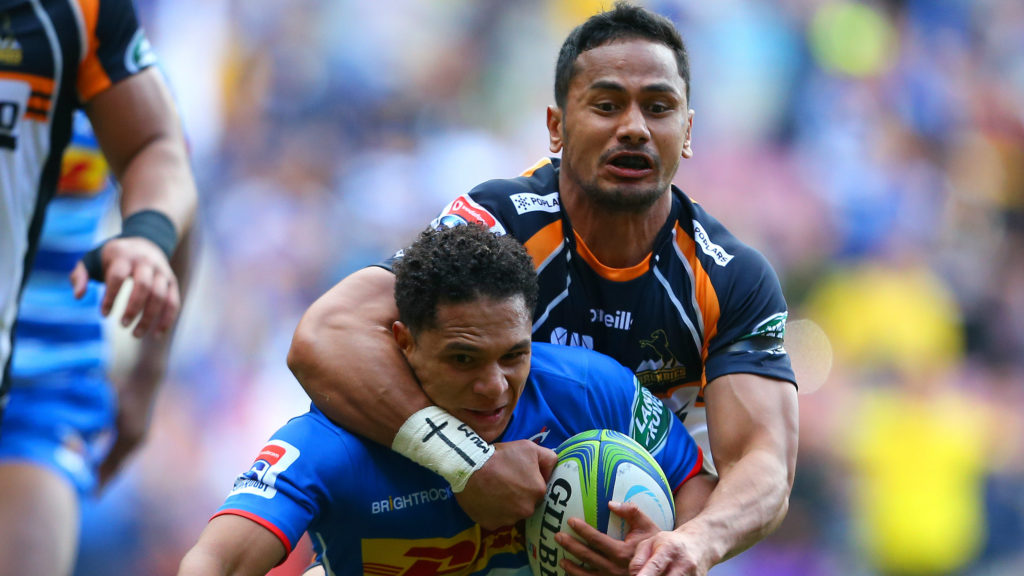Referees will issue players with warnings for high-risk tackle techniques and two such transgressions will result in a one-match suspension.
World Rugby has introduced a set of law amendments which will be trialled at various tournaments this year in a bid to improve player safety and reduce the risk of injuries.
The trials were approved for the four-year law-amendment review cycle that began after the 2019 World Cup following an analysis by the Law Review Group last March and several unions expressed interest in operating one or more of the trials.
The high-tackle technique warning law, which was trialled at the World Rugby U20 Championship and reduced concussions by more than 50%, will now be trialled in Vodacom Super Rugby which begins on 31 January and also in the Top 14 and Pro D2 in France.
‘While the recent Rugby World Cup demonstrated a slight decrease in injury rates and a 30% reduction in concussions owing to the implementation of evidence-based injury prevention programmes, we can and must do more to reduce injuries at all levels,’ World Rugby chairman Bill Beaumont said in a statement.
‘We’ve already seen hugely encouraging initial outcomes and feedback from Australia’s National Rugby Championship and are delighted to have such a broad range of elite and community leagues running trials thanks to the support of our unions and regions.’
Reducing the tackle height to the waist is also part of the package of law amendments in a bid to reduce injuries to both the tackled player and tackler while also encouraging more offloads.
Teams will also have the opportunity to review yellow cards for players sent to the sin bin so that those guilty of dangerous foul play are rightly awarded a red card instead of a yellow.
The Law Review Group will reconvene in March to review the trials’ results before making recommendations to the World Rugby committee.
The other amendments to be trialled in second-tier leagues and age-grade tournaments around the world are:
- 50:22 kick – If the team in possession kicks the ball from inside their own half indirectly into touch inside their opponents’ 22 or from inside their own 22 into their opponents’ half, they will throw in to the resultant lineout.
- The introduction of an infringement (penalty and free kick) limit for teams. Once a team has reached the limit, a mandatory yellow card is given to the last offending player as a team sanction.
- The awarding of a goalline drop-out to the defending team when an attacking player, who brings the ball into in-goal, is held up.
Photo: Getty Images





